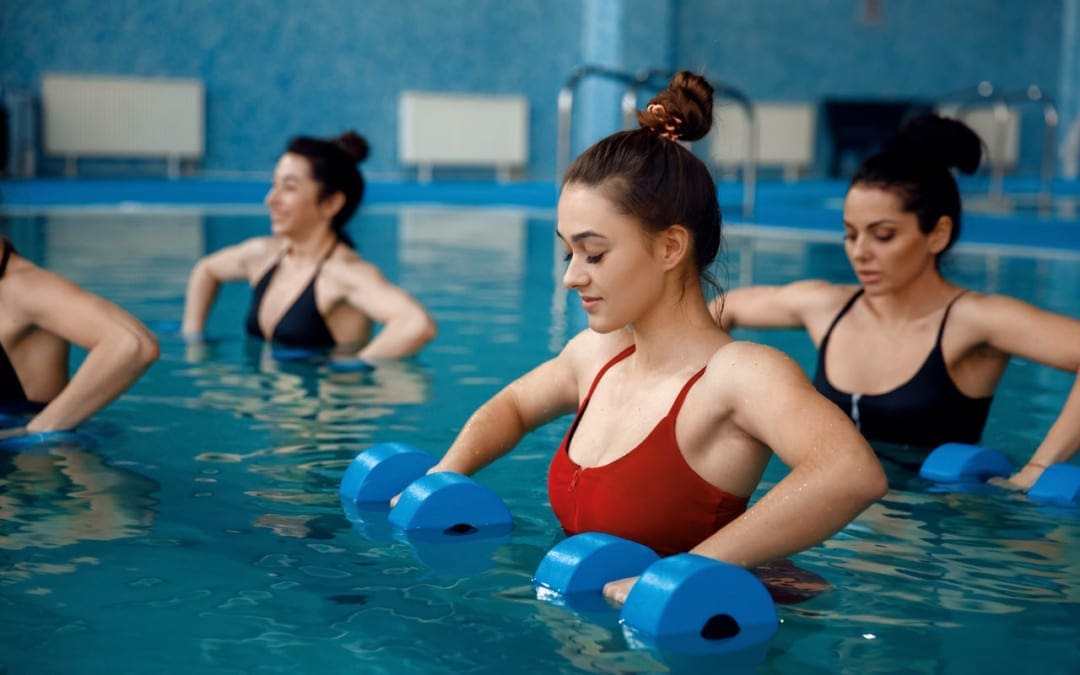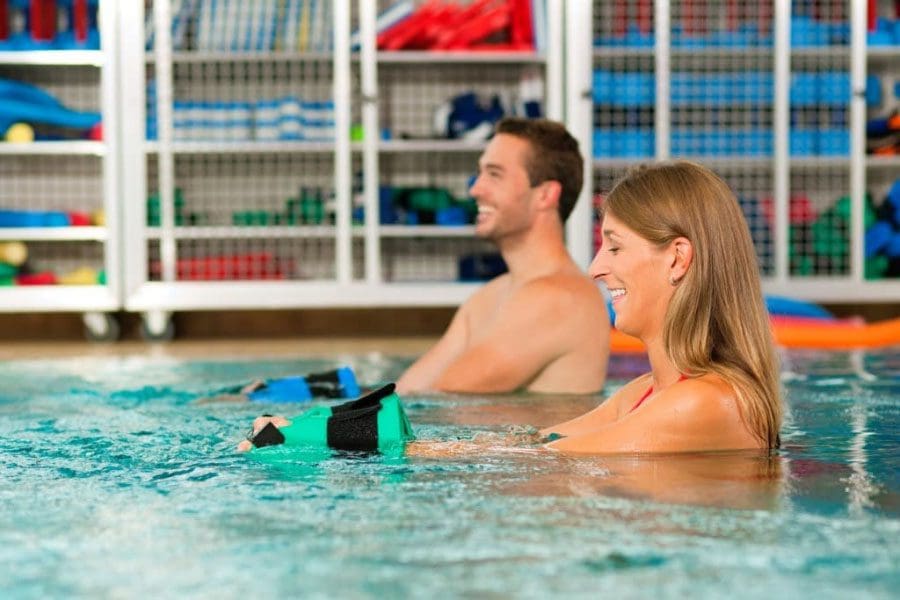
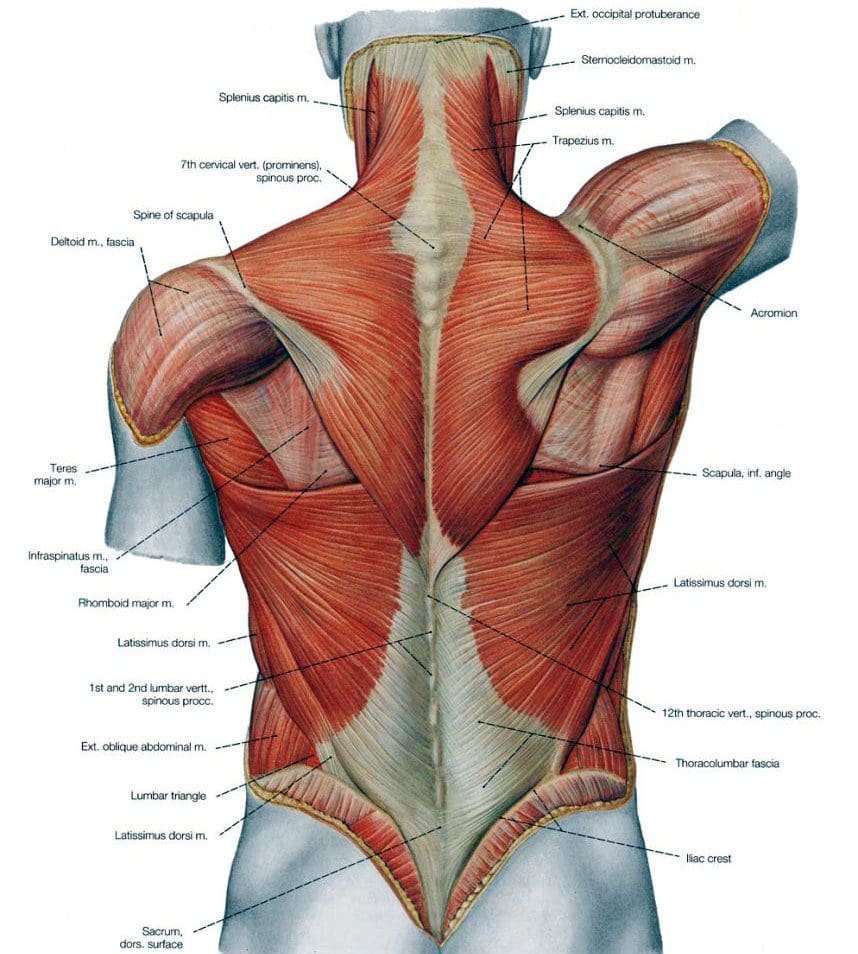
Mataupu
Sauniuniga
Wherever the swimming therapy will take place, it is vital that the individual feels comfortable at the location, in the water, knows how to swim as this puts an individual at ease, not worrying about their surroundings and able to focus completely on their therapy/rehab. If an individual is not a confident swimmer, the therapy can be done in shallow water or a rehabilitation pool and if cleared with a doctor taking swimming lessons with back pain in mind could be part of a therapy program. Once confident in the water warm-up in the shallow end or do some walking/cycling before actual swimming.Therapeutic Strokes
Strokes for the therapeutic workout will be determined by the doctor, specialist, chiropractor, therapist, etc. These strokes are recommended to protect the spine while keeping pain at bay. Although individual cases are completely unique, and a doctor/therapist could recommend other strokes, the safest strokes found for back pain are the freestyle and the backstroke. Strokes like the butterfly or breaststroke cause a natural extension/arch in the low back, which can be quite painful. So a patient does not have to lift their heads, which could cause them to arch their backs as well, could benefit using a center snorkel.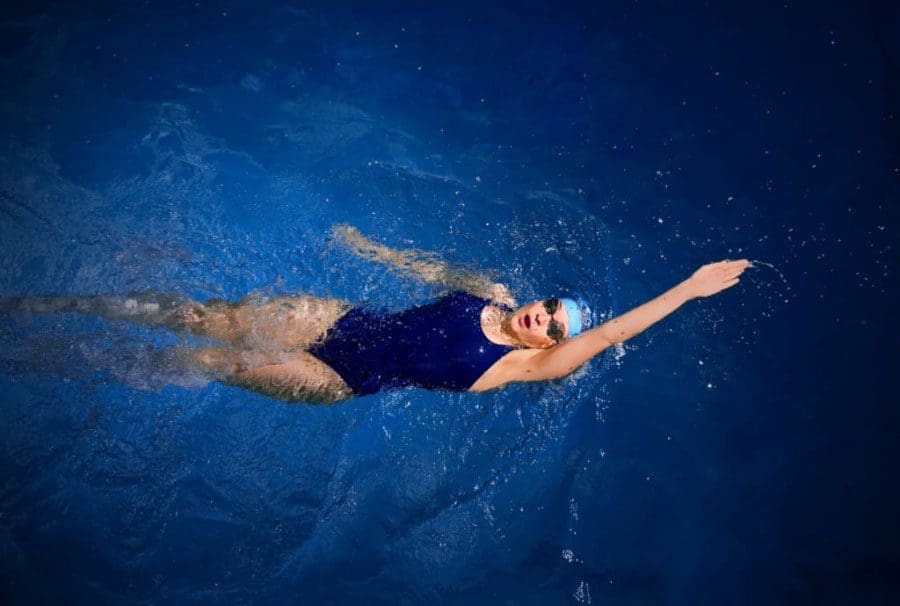
Regimen Frequency, Length
Like all forms of exercise, especially when dealing with back pain moderation is the way to go avoiding repetitive/overuse injuries. Soreness after the workout that goes away within a few hours is normal. But if the soreness lasts to the next day, this could the body warning the patient they are doing too much. For swimming, therapists usually recommend three days a week 20 to 30-minute workout. With activity response being used as a guide to progress or decrease the intensity or volume of the exercise. A gradual increase in activity until the patient reaches a workout regimen that fits:- tausaga
- Condition level
- Malosiaga faaletino
iloiloga
When swimming or performing any exercise/s the benefits are completely dependent on the individual and back condition. It is difficult to determine how well therapeutic swimming will work, as every individual and the condition/s they are dealing with are different. Individuals with arthritis or spinal stenosis have been shown to do well using hydrotherapy because of decreased spinal compression. Each patient might have to make certain adjustments based on their condition and the doctor’s, chiropractor, specialist’s treatment plan. For example, someone with cervical ivitū arthritis or stenosis could have a difficult time lifting their head to breathe. In this case, they could be instructed to swim using only the backstroke or using a customized stroke so they don’t have to lift the head. Every patient needs to try and see what works for their specific condition. What works for one patient, may not work for another. Find out if swimming could be a treatment option for your back condition. With this in mind, finding a form of vai/swimming exercise that suits you can be achieved.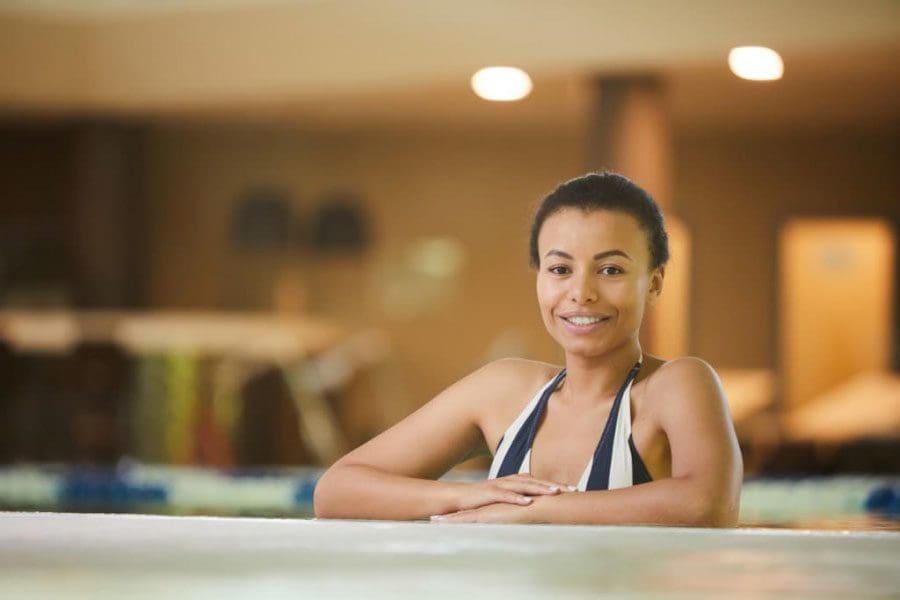
Laloina i tua Paʻu Skating Faʻafoeina Faʻasalaga Manuʻa
Dr. Alex Jimenez's Blog Post Tuuese
O le lautele o a matou faʻamatalaga e faʻatapulaʻaina i le fomaʻi, musculoskeletal, faʻamalositino vailaʻau, soifua maloloina, ma maaleale soifua maloloina mataupu ma / pe faʻatino vailaʻau tala, mataupu, ma talanoaga. Matou te faʻaaogaina le soifua maloloina ma le soifua maloloina faʻataʻitaʻiga e togafitia ma lagolago ai le tausiga mo manuʻa poʻo faʻaletonu o le musculoskeletal system. O a matou pou, mataupu, mataupu, ma malamalamaaga e aofia ai mataupu tau falemaʻi, mataupu ma mataupu e fesoʻotaʻi ma lagolago tuusao pe le tuʻusaʻo ia tatou falemaʻi lautele o galuega. * Ua faia e le matou ofisa se taumafaiga talafeagai e tuʻuina atu lagolago lagolago ma ua faʻailoa mai le talafeagai suʻesuʻega suʻesuʻega poʻo suʻesuʻega e lagolagoina a matou pou. Matou te faia foi kopi o lagolago suʻesuʻe suʻesuʻega avanoa i le laupapa ma pe lautele pe a talosagaina. Matou te malamalama o matou aofia ai mataupu e manaʻomia se faʻaopopo faʻamatalaga i le auala e ono fesoasoani ai i se faʻapitoa tausiga fuafuaga poʻo togafitiga togafitiga; o le mea lea, ia toe talanoaina le mataupu mataupu i luga, faʻamolemole lagona saoloto e fesili ia Dr. Alex Jimenez pe faʻafesoʻotaʻi mai i matou i le 915-850-0900. Le laisene (s) Laiseneina i Texas & New Mexico *Faʻataʻitaʻiga Tomai o Faʻataʻitaʻiga
O faʻamatalaga o loʻo i luga "Aau Lē Le Aʻoaʻo Faʻamalositino mo Pulu Toe Fafo, Manua, ma Toe Fuataina"E le o fa'amoemoe e sui ai se mafutaga ta'ito'atasi ma se fa'apolofesa fa'alesoifua maloloina agava'a po'o se foma'i laiseneina ma e le o se fautuaga fa'afoma'i. Matou te fa'amalosia oe e fai fa'ai'uga fa'alesoifua maloloina e fa'atatau i au su'esu'ega ma faiga fa'apaaga ma se tagata tomai fa'apitoa tau soifua maloloina.
Blog Fa'amatalaga & Va'aiga Talanoaga
O matou fa'amatalaga lautele e fa'atapula'a ile Chiropractic, musculoskeletal, vaila'au fa'aletino, soifua maloloina, fa'asoa etiological fa'alavelave viscerosomatic i totonu o fa'ata'ita'iga fa'apitoa, somatovisceral reflex fa'ata'ita'iga fa'amanino, fa'alavelave fa'aletonu, fa'afitauli ma'ale'ale o le soifua maloloina, ma/po'o tala fa'afoma'i aoga, autu, ma talanoaga.
Matou te tuuina atu ma tuuina atu felagolagomai falema'i faatasi ai ma tagata tomai faapitoa mai matata eseese. O fa'apitoa ta'ito'atasi e fa'atonutonuina e la latou fa'apolofesa lautele o fa'ata'ita'iga ma a latou pulega fa'atulafonoina. Matou te fa'aogaina tulafono fa'alesoifua maloloina ma le soifua manuia e togafitia ma lagolago ai le tausiga o manu'a po'o fa'aletonu o le musculoskeletal system.
O a matou vitiō, pou, mataupu, mataupu, ma malamalamaga e aofia ai mataupu tau falemaʻi, mataupu, ma mataupu e fesoʻotaʻi ma tuusaʻo pe le tuusaʻo le lagolagoina o la matou faʻataʻitaʻiga masani.*
O lo matou ofisa sa taumafai lava e tu'uina atu fa'amatalaga lagolago ma ua fa'ailoa mai su'esu'ega su'esu'ega talafeagai po'o su'esu'ega e lagolagoina a matou pou. Matou te saunia ni kopi o lagolagoina suʻesuʻega suʻesuʻega avanoa i tulafono faʻatonutonu laupapa ma tagata lautele pe a talosagaina.
Matou te malamalama o matou aofia ai mataupu e manaʻomia se faʻaopopo faʻamatalaga o le auala e ono fesoasoani ai i se faʻapitoa tausiga fuafuaga poʻo togafitiga togafitiga; o lea, ia toe talanoaina le mataupu mataupu i luga, faʻamolemole lagona le saoloto e fesili Dr. Alex Jimenez, DC, pe faʻafesoʻotaʻi i matou 915-850-0900.
Ua matou o mai e fesoasoani ia oe ma lou aiga.
faamanuiaga
Dr. Alex Jimenez D.C., MSACP, RN*, CCST, IFMCP*, CIFM*, atn*
imeli: faiaoga@elpasofunctionalmedicine.com
Laisene o se Fomaʻi o Chiropractic (DC) i Texas & New Mexico*
Texas DC Laisene # TX5807, New Mexico DC Laisene # NM-DC2182
Laisene ose Tausima'i Resitala (RN*) in Florida
Florida Laisene RN Laisene # RN9617241 ( Pule Nu. 3558029)
Tulaga Fa'atasi: Laisene Tele-Setete: Fa'atagaina e Fa'ata'ita'i i totonu 40 States*
Dr. Alex Jimenez DC, MSACP, RN* CIFM*, IFMCP*, ATN*, CCST
La'u Pepa Pisinisi Digital

